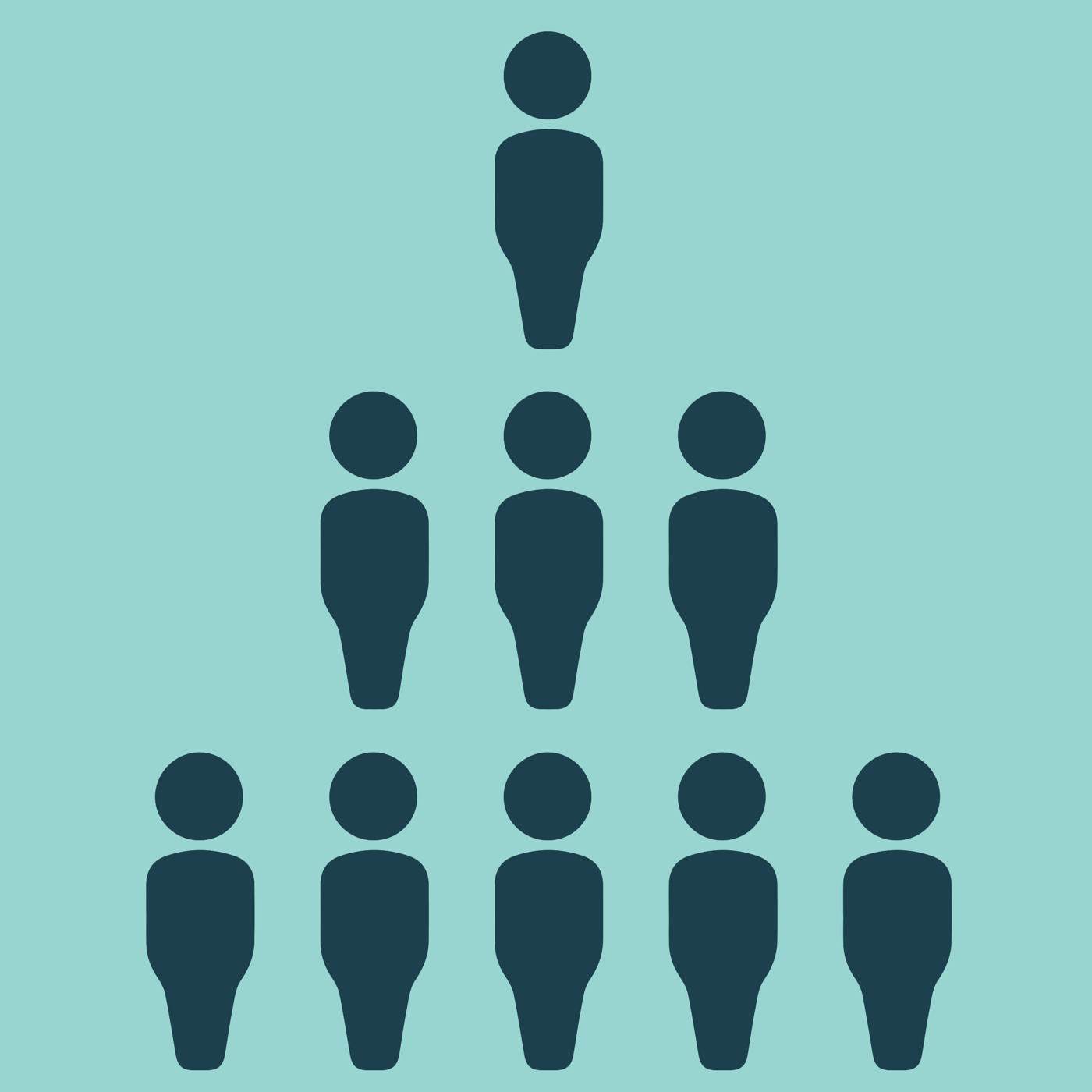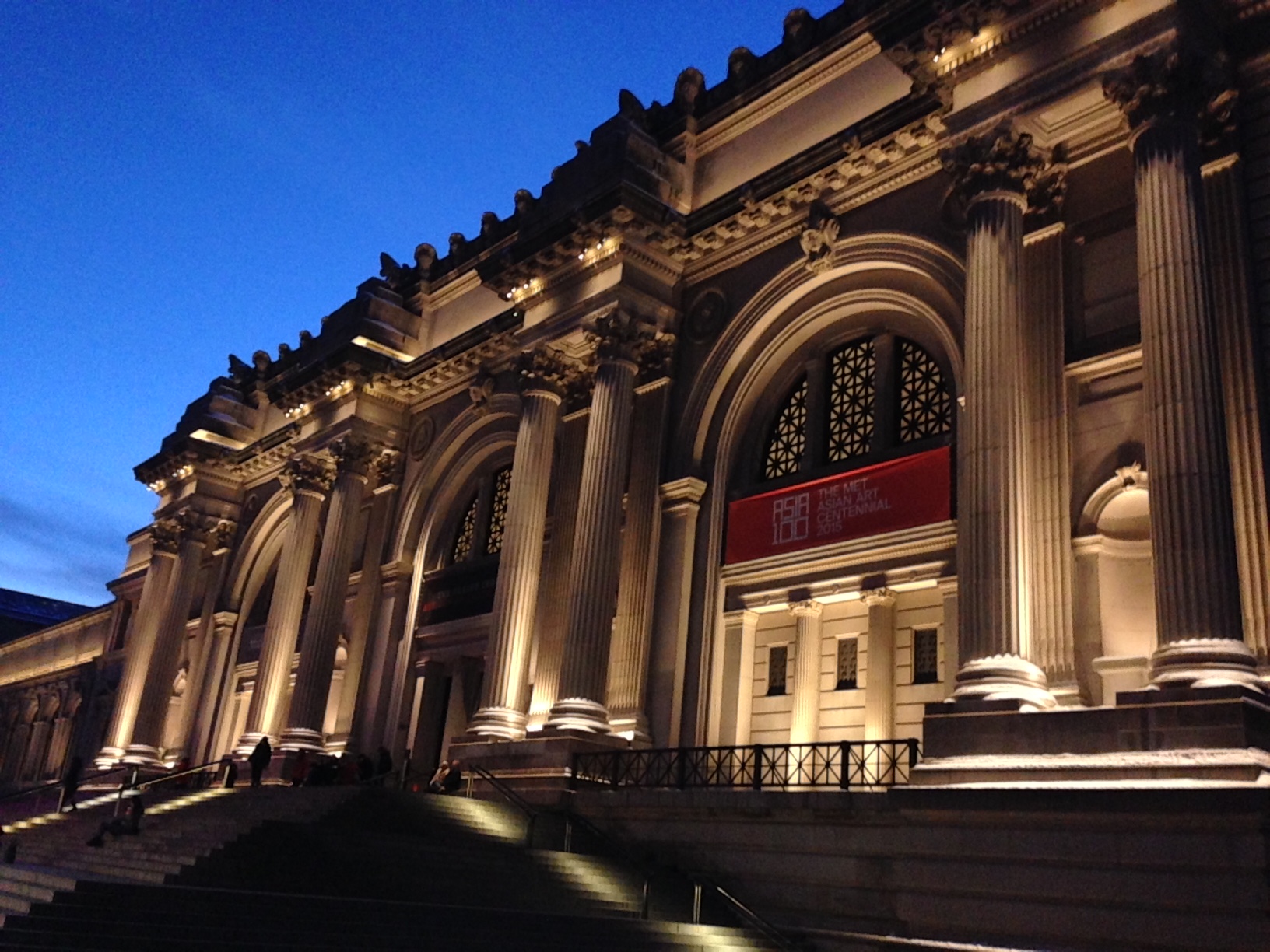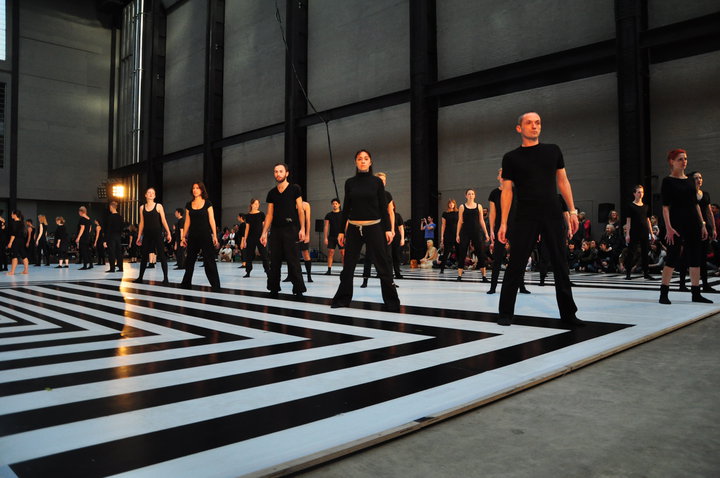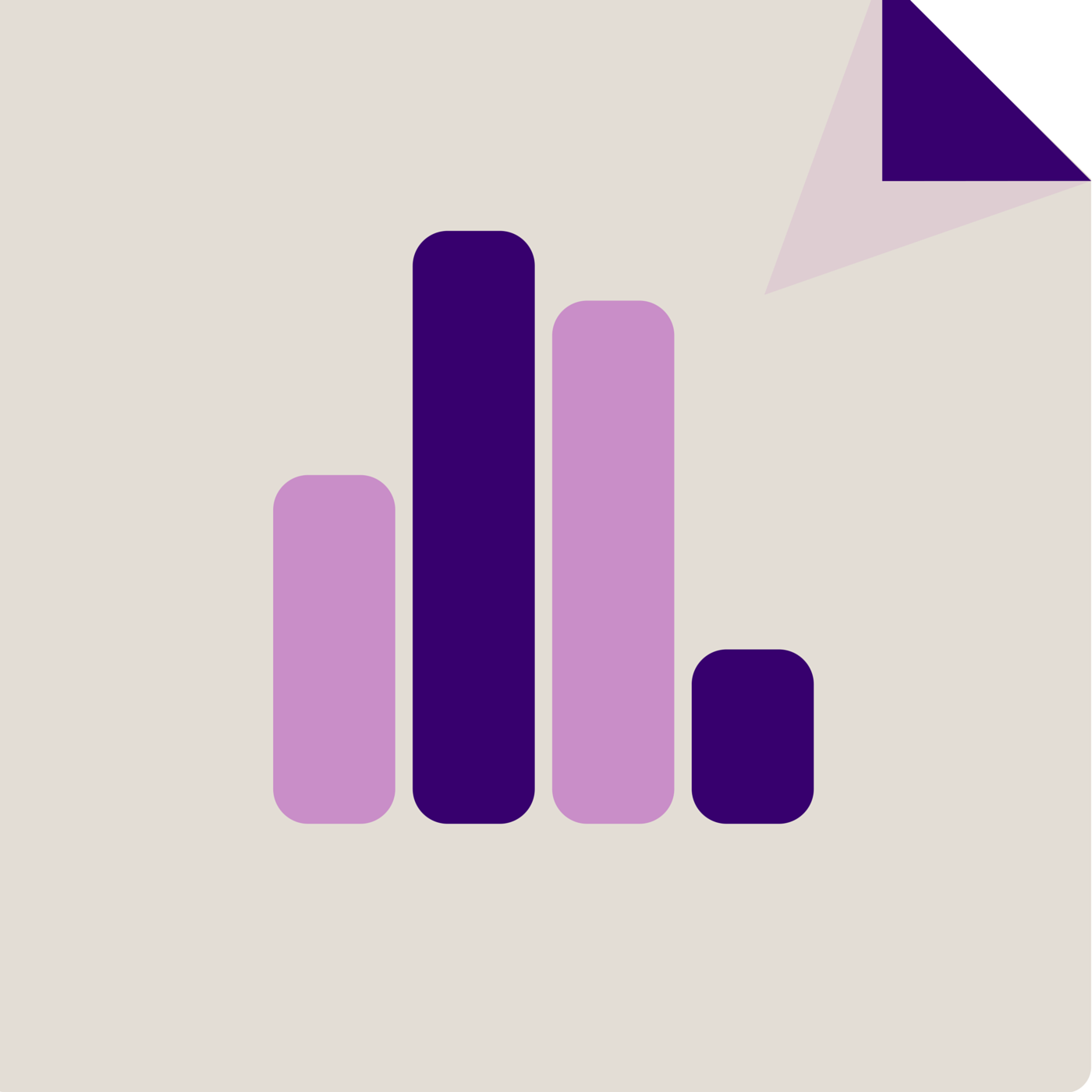Arts organisations need to understand how visitors use technology and evaluate the impact of the different digital initiatives they implement. Moreover, the volume of data generated in the digital space represents a huge opportunity for them to learn more about their audiences and therefore, improve their experience. But, how are arts organisations adapting to this rapidly changing environment to measure the digital engagement of their audiences?
During my research for the ‘Let’s get real project‘ I was able to identify a series of audience research and evaluation challenges. Eighty-six per cent of the organisations that took part in the project said that the main challenge they were facing to evaluate social media was the lack of time and of available staff resources.
This fact seems to be in accordance with several other recent publications such as The Horizon report: 2013 Museum Edition: ‘The need for data literacy is increasing in all museum-related fields. Ninety percent of the world’s data has been created in the last two years, and, through the exponential growth of hardware, software, and networking, every day we add 2.5 quintillion bytes. Important societal decisions in the near future will be informed by big data and for individuals, as informed citizens, to fully engage in these conversations the ability to read and interpret large data sets will become increasingly necessary’.
Along these lines, Nesta published a report last year about how arts and cultural organisations in England use technology, based on a survey to 891 organisations. The study identified a series of barriers to implement digital and when it comes to the most needed skills, it stated that 41% of the organisations believe to be underserved in the field of data analysis.
Therefore, it is important to introduce changes to increase data literacy among those who manage digital activities. As a consequence of this trend, arts organisations are starting to demand these skills in new job offers or recruit for digital analyst or similar specific positions. Here are some examples of this kind of positions that I have found in the museum sector:
Web Analytics & SEM Analyst, Smithsonian
Digital Analyst, Tate
Business Analyst (Digital Analytics), National Gallery
Data Analyst, LACMA
Digital Media Analyst, Natural History Museum
Digital Analyst, American Natural History Museum
Marketing Analytics Manager, MOMA
Program Analyst (Web Analytics), U.S. Holocaust Memorial Museum
Market Research Analyst, Canadian Museum of Nature
Data Analyst, Digital Media, The Metropolitan Museum of Art
Data Scientist, British Museum
There was a presentation on this particular topic at the last Museum Computer Network conference entitled: ‘What Are Your Visitors Really Telling You? Data Analytics and What to Do with This Information‘. It included the preliminary results of a survey in the museum sector about the usage of data. According to it 77% have someone on staff who is dedicated to data analytics, either as a specific position or as part of a wider role. Here are the slides with the results and you can also listen to the presentation on the MCN YouTube channel.
How is the audience data collection and analytics implemented in your organisation? Have there been any changes in your organisation in regards to the data literacy skills as a result of evaluating digital activities? Is there a specific role in charge of digital analytics?





One thought on “Data literacy in arts and cultural organisations”